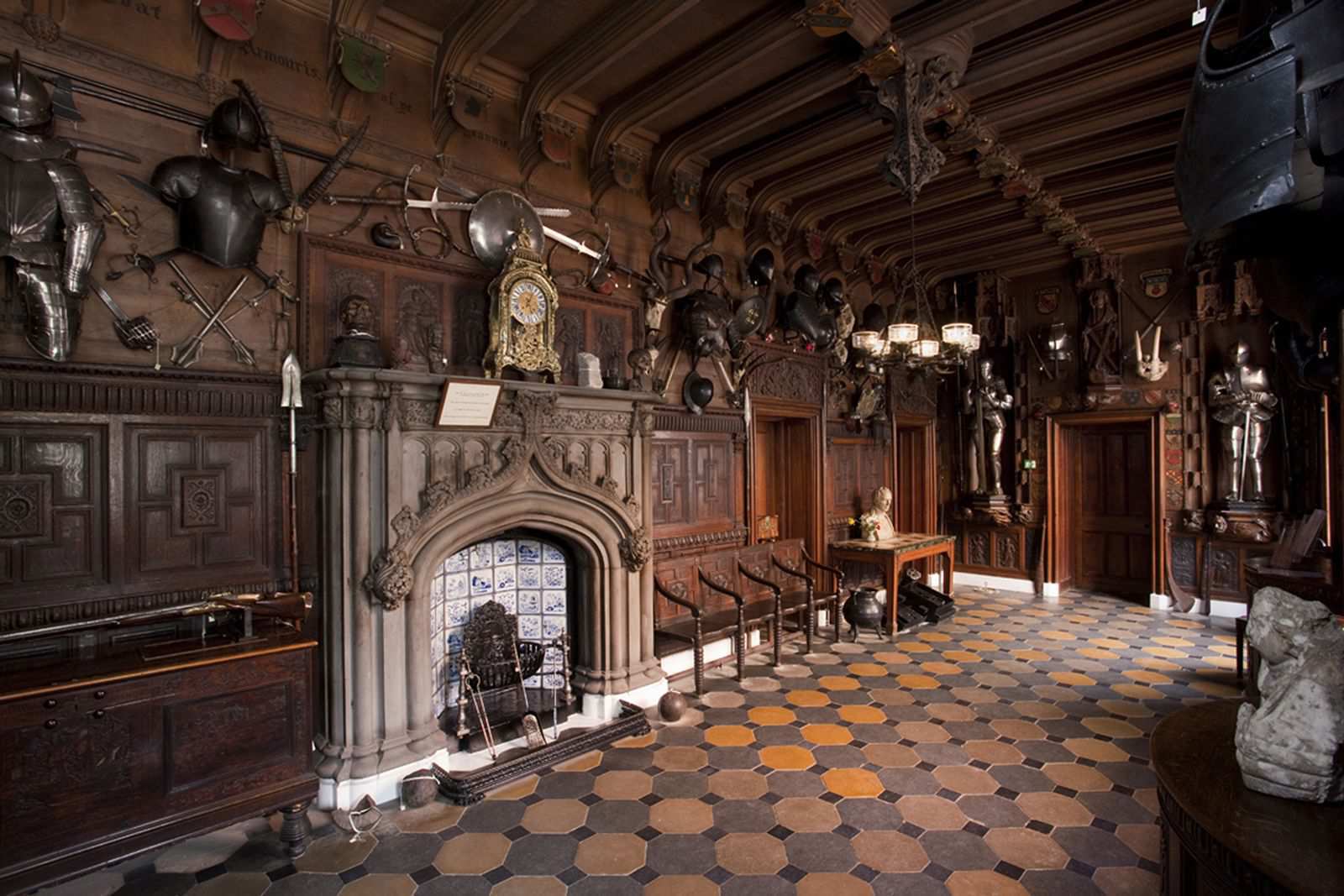Late 11th-early 12th century. This sword accords with Oakeshott XI.3 preserved in the Danish National Museum, Copenhagen. That sword was recovered in Denmark and is dated by Oakeshott 1100-50, perhaps 1075? It has a blade length of 37” compared to this example at 37 3/8”. The Copenhagen sword has an inscription inlaid in silver on the blade and the present example has remnants of an inscription with six or more characters inlaid in silver remaining in part. The crossguards of both examples are slightly shorter than those used on corresponding Christian swords and both are balanced by large Brazil nut form pommels. While in excavated condition, this example retains significant areas of smooth original surface, on both edges, flanking the inscription and the corresponding areas on the reverse. An additional area of relatively large size is preserved about 5” above the point on the front (inscribed) side. The patterning suggests that the sword was buried in a scabbard and the chape and locket trapped moisture, accelerating corrosion within. The Viking were never conquered and no single event serves to define the end of the “Viking Era”. They gradually converted Christianity and, over a few generations, changed their lifestyle including abandoning capturing Christians for the slave trade. Norway continued to assert power in parts of northern Britain and Ireland, and raids continued into the 12th century. The First Crusade (1096-1099) succeeded in the capture of Jerusalem and the establishment of the Kingdom of Jerusalem by Godfrey of Bouillon. In 1107 Sigurd I king of Norway sailed to the Levant with Norwegian Crusaders in support, and Danes and Swedes participated in the Northern Crusades. This sword, then, may have served in the Crusades as well.













